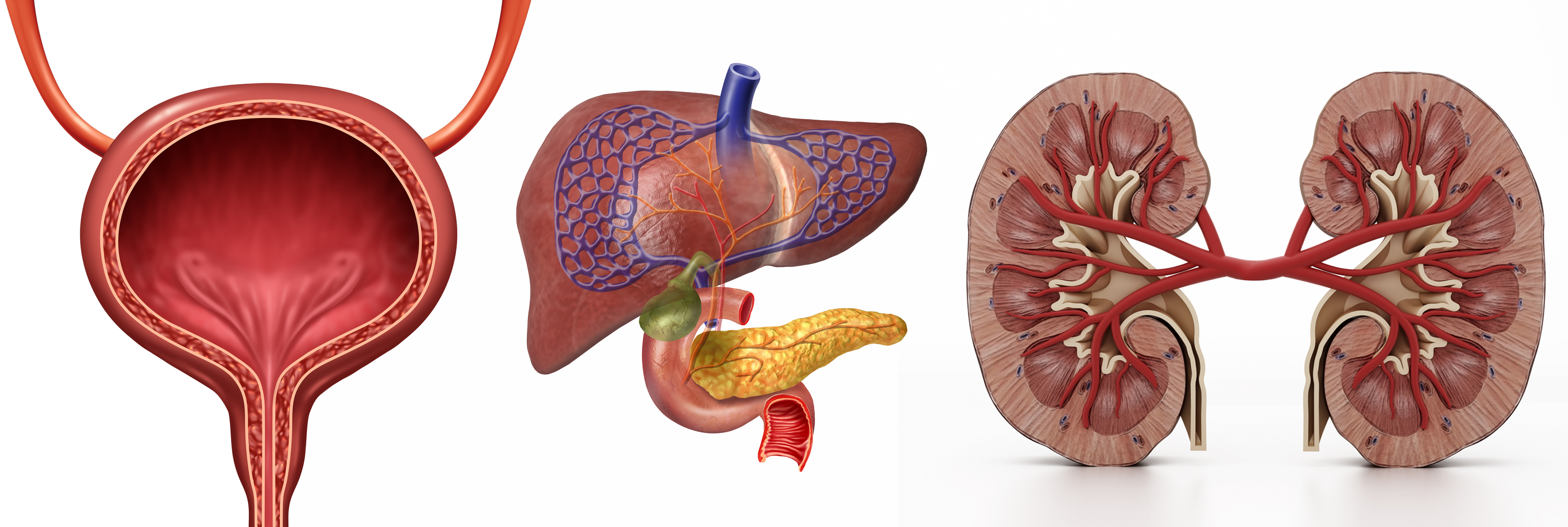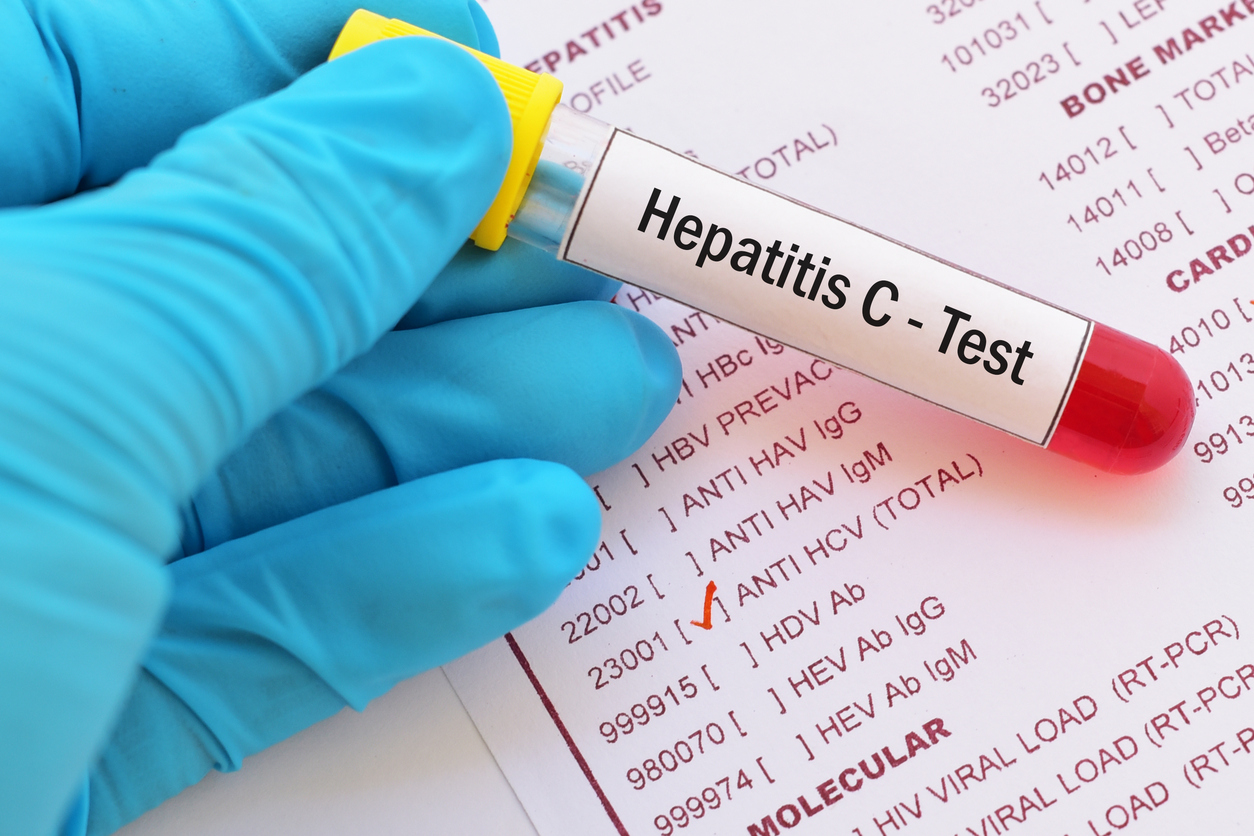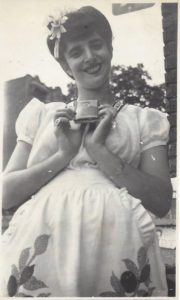This post is sponsored by Pulse, the most exquisite lubes on the market
What one thing could you invite into the bedroom to improve your sex life? Okay, you don’t have to share every fantasy, but hopefully something special did cross your mind: a great lubricant.
special did cross your mind: a great lubricant.
We chatted with Lauren Streicher, MD, a Clinical Professor of Obstetrics and Gynecology and the Medical Director of Northwestern Medicine Center for Sexual Medicine and Menopause for her expert advice about how to find a safe, effective lube among the many, many choices. While she’s quick to recommend lubes to her patients if they’re struggling with dryness or simply want to improve the quality of their sex lives, she acknowledges that there’s a lot of misinformation out there, especially when it comes to warming lubes and the best body-friendly ingredients. Let’s put some lube myths to bed before you yourself slide into the sheets.
First of all, how do you know if you need to use lube?
If the phrase “sandpaper sex” makes you squirm, it should. Vaginal dryness can lead to irritation and painful intercourse, and it can be a challenge to resolve without a little extra help. According to Dr. Streicher, there are several reasons someone might need supplementary lubrication; hormonal changes, certain medical conditions, and medications can all increase dryness and affect the body’s ability to produce enough natural lubrication. On the other hand, even people who don’t struggle with dryness can enjoy using lube to enhance their sexual activities—it can be used during foreplay, with toys, or with a partner during intercourse. Essentially, if your goal is to increase comfort, ease, and pleasure, a good lube can help in more ways than one.
Lube is slippery, for one thing, and more slip means more stimulation—the fun kind of friction. With that comes more warmth and increased blood flow, which you definitely want; it helps relax tissues, heighten arousal, and improve sensation during sex.
What’s all this about warming lubes?
At first blush, the water-based warming lubes on the market do sound like a pretty enticing innovation. After all, if warmth is the gateway to more enjoyable  sex, it makes sense that you’d want a warming lube. They do boast right on the label that they increase sensation and maximize pleasure, and the millions of marketing dollars behind those claims have made them hard to ignore.
sex, it makes sense that you’d want a warming lube. They do boast right on the label that they increase sensation and maximize pleasure, and the millions of marketing dollars behind those claims have made them hard to ignore.
Unfortunately, the advertisements can be misleading. Dr. Streicher cautions that there’s a real difference between a warming lube, and a lube that is warm. Warming lubes are formulated with the assumption that sensation is synonymous with heat (think of certain medicated ointments for sore muscles and you’ll start to see where we’re going with this). During her research about effective lubrication ingredients, Dr. Streicher learned that these lubes actually get their warming qualities from additives that create an intensely stimulating sensation more like a chemical burn than pleasant physical warmth. A number of these additives include mentholated ingredients, compounds derived from red peppers, and chemicals that can cause major tissue dehydration. People looking to spice things up with one of these warming lubricants can get more than they bargained for; Dr. Streicher says some patients report stinging, irritation, and redness after using warming lube—a whole host of discomforts that can ruin the mood.
It’s not just the warming additives that can be irritating. Water-based lubes (as opposed to silicone-based) can also include chemical preservatives like glycerin and propylene glycol. Although common in many skincare and beauty products, these ingredients may be sensitizing to some people and can contribute to dry, dehydrated tissues and seriously uncomfortable sex.
If you can’t stand the heat…find a better lubricant:
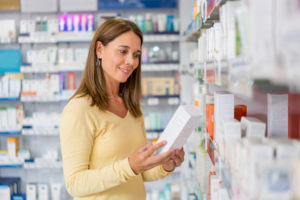 Those millions of marketing dollars we mentioned? The ones telling you that their warming lube can make all of your wildest dreams come true? There’s nothing in the budget for educating customers about what’s really in those formulas. In our conversation, Dr. Streicher stressed repeatedly how important it is for people to get savvy about these ingredients, the harm they can do and how they can affect your vagina. As she points out, your comfort is worth the effort it takes to read the label before you use something on your most sensitive body parts.
Those millions of marketing dollars we mentioned? The ones telling you that their warming lube can make all of your wildest dreams come true? There’s nothing in the budget for educating customers about what’s really in those formulas. In our conversation, Dr. Streicher stressed repeatedly how important it is for people to get savvy about these ingredients, the harm they can do and how they can affect your vagina. As she points out, your comfort is worth the effort it takes to read the label before you use something on your most sensitive body parts.
Also, just because you now know the truth about warming lubes doesn’t mean you have to forgo that soothing warmth—simply make sure you warm your lube (silicone or water-based) manually. Dr. Streicher keeps a Pulse Warming Dispenser in her office to show patients how easy and hygienic it is to use. They’re happy to have an alternative that won’t cause irritation or
interrupt the action one bit, since it can sit right within reach on the bedside table.
How to decide which lube is right for you:
If you’re ready to toss your old lube after scrutinizing the ingredients, Dr. Streicher recommends choosing your next one based on how you plan to use it. Is your rendezvous going to be with a penis, or a toy? In the shower? With a condom? Your sexual activity may determine which kind of lube will work best for you (but hey, it never hurts to experiment!).
Silicone for sex with a penis:
 Silicone lubes, like Pulse’s Aloe-ahh, are ideal when you want something supremely slippery, long-lasting, and compatible with condoms. Because they don’t include those sensitizing additives or harmful chemicals and don’t absorb into the tissues, they’re far less likely to cause an unpleasant reaction.
Silicone lubes, like Pulse’s Aloe-ahh, are ideal when you want something supremely slippery, long-lasting, and compatible with condoms. Because they don’t include those sensitizing additives or harmful chemicals and don’t absorb into the tissues, they’re far less likely to cause an unpleasant reaction.
Water-based for condoms and toys:
Water-based lubes are easy to find and compatible with both condoms and toys (skip silicone lubes with silicone toys because they can compromise the material–another sex science tip to keep in your nightstand). Prioritize finding a pH-balanced water-based lube and avoid ingredients like propylene glycol and glycerine, which can cause dehydration.
Why you need to be in-the-know about natural ingredients:
If you’re wondering whether your lube needs to be chock-full of natural and organic ingredients, Dr. Streicher encourages researching what that really means. Just because an ingredient is natural and organic doesn’t mean it belongs in your vagina–think of those red pepper extracts, for instance! Natural fragrances and essential oils can also irritate sensitive tissues, even though they’re derived from plants and as natural as they come. On the other hand, there’s nothing organic about silicone, and it makes for a truly terrific lubricant. Whether your lube is synthetic or natural or botanical or made in a factory, as long as you prioritize ingredients that are safe, gentle, and effective, your vagina will thank you.
Why Pulse made the gynecologist-approved list:
Dr. Streicher keeps a short list of lubricants to share with patients who are struggling with dryness or just curious about adding lube to their bedroom routine, and she confirms that our Pulse Pods are a hit. While soothing water-based lubes can be hard to find, Dr. Streicher saved particular praise for our long-lasting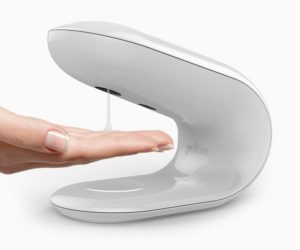 H2Oh! formula, thanks to the pure chia extract that makes it super hydrating and non-sticky. For those who aren’t sure what to choose, either of Pulse’s lubes, Aloe-ahh or H2Oh! are a great choice whether you’re a “lube newbie” or not.
H2Oh! formula, thanks to the pure chia extract that makes it super hydrating and non-sticky. For those who aren’t sure what to choose, either of Pulse’s lubes, Aloe-ahh or H2Oh! are a great choice whether you’re a “lube newbie” or not.
You shouldn’t be turned off by lube just because that bottle of Warming Jelly you bought last month now sounds too hot to handle. If something works–if it’s slippery, long-lasting, and doesn’t irritate you during or after sex, by all means, use what you enjoy with your partner or a toy. But if you’re looking for a superior sexual experience and want to prioritize a really good, safe, effective lube, take all of this information with you on your next shopping trip, because your pleasure is absolutely worth it. And remember: warm your lube, don’t let your lube “warm” you.
Lauren Streicher, MD, is the Medical Director of Northwestern Medicine Center for Sexual Medicine and Menopause.
For a limited time only, Pulse is offering Fab Over Fifty readers personal lubricant samples for only $1


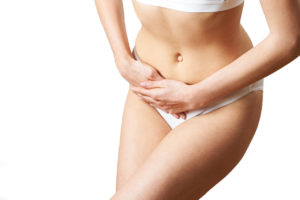 to protect myself from embarrassing leaks at inopportune times, my underwear choices went from wondrous to woeful. Were granny looking disposables my destiny?
to protect myself from embarrassing leaks at inopportune times, my underwear choices went from wondrous to woeful. Were granny looking disposables my destiny?


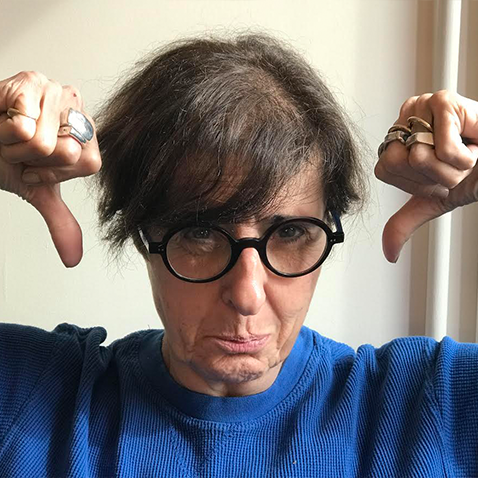 Braided in the fifties. Teased through the sixties. Straightened in the seventies. Curly through the eighties and nineties. And, pretty much diminishing after that! My hair has been right there with me, through thick and THIN! But, it looked pretty much like it was going to leave me permanently, and I’d never have a good hair day ever again.
Braided in the fifties. Teased through the sixties. Straightened in the seventies. Curly through the eighties and nineties. And, pretty much diminishing after that! My hair has been right there with me, through thick and THIN! But, it looked pretty much like it was going to leave me permanently, and I’d never have a good hair day ever again.
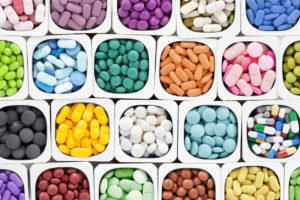 supplements
supplements 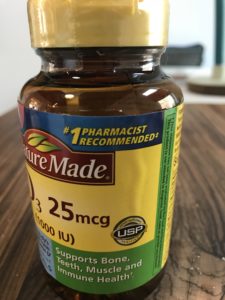 federally recognized public standards for dietary supplements, and awards a USP Verified Mark to those products that pass its multi-step Dietary Supplement Verification Program.
federally recognized public standards for dietary supplements, and awards a USP Verified Mark to those products that pass its multi-step Dietary Supplement Verification Program. 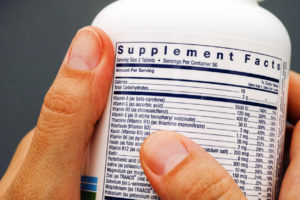 Over 100 different dietary supplements, representing different brands and retailers, carry the USP Verified Mark.
Over 100 different dietary supplements, representing different brands and retailers, carry the USP Verified Mark. 